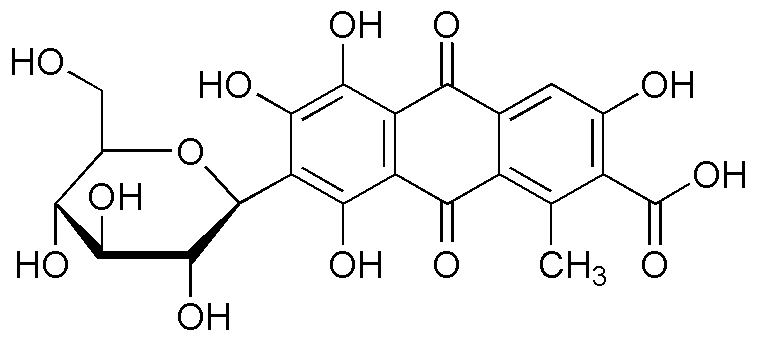Carmine (Alum lake) Certified is widely utilized in research focused on:
- Food Coloring: Commonly used in the food industry to provide a vibrant red hue to products like yogurt, candies, and beverages, enhancing their visual appeal while being a natural alternative to synthetic dyes.
- Cosmetics: Employed in a variety of cosmetic products, including lipsticks and blushes, due to its rich color and safety profile, making it a preferred choice for formulations aimed at sensitive skin.
- Pharmaceuticals: Utilized as a coloring agent in tablets and syrups, improving patient compliance by making medications more visually appealing, especially for pediatric formulations.
- Textiles: Applied in the textile industry for dyeing fabrics, providing a natural option for eco-conscious brands looking to minimize their environmental impact while achieving vibrant colors.
- Art Supplies: Found in artist paints and inks, offering a non-toxic, rich color that artists appreciate for its depth and lightfastness, making it suitable for various artistic applications.
General Information
Properties
Safety and Regulations
Applications
Carmine (Alum lake) Certified is widely utilized in research focused on:
- Food Coloring: Commonly used in the food industry to provide a vibrant red hue to products like yogurt, candies, and beverages, enhancing their visual appeal while being a natural alternative to synthetic dyes.
- Cosmetics: Employed in a variety of cosmetic products, including lipsticks and blushes, due to its rich color and safety profile, making it a preferred choice for formulations aimed at sensitive skin.
- Pharmaceuticals: Utilized as a coloring agent in tablets and syrups, improving patient compliance by making medications more visually appealing, especially for pediatric formulations.
- Textiles: Applied in the textile industry for dyeing fabrics, providing a natural option for eco-conscious brands looking to minimize their environmental impact while achieving vibrant colors.
- Art Supplies: Found in artist paints and inks, offering a non-toxic, rich color that artists appreciate for its depth and lightfastness, making it suitable for various artistic applications.
Documents
Safety Data Sheets (SDS)
The SDS provides comprehensive safety information on handling, storage, and disposal of the product.
Product Specification (PS)
The PS provides a comprehensive breakdown of the product’s properties, including chemical composition, physical state, purity, and storage requirements. It also details acceptable quality ranges and the product's intended applications.
Certificates of Analysis (COA)
Search for Certificates of Analysis (COA) by entering the products Lot Number. Lot and Batch Numbers can be found on a product’s label following the words ‘Lot’ or ‘Batch’.
Numéro de catalogue
Numéro de lot/série
Certificates Of Origin (COO)
This COO confirms the country where the product was manufactured, and also details the materials and components used in it and whether it is derived from natural, synthetic, or other specific sources. This certificate may be required for customs, trade, and regulatory compliance.
Numéro de catalogue
Numéro de lot/série
Safety Data Sheets (SDS)
The SDS provides comprehensive safety information on handling, storage, and disposal of the product.
DownloadProduct Specification (PS)
The PS provides a comprehensive breakdown of the product’s properties, including chemical composition, physical state, purity, and storage requirements. It also details acceptable quality ranges and the product's intended applications.
DownloadCertificates of Analysis (COA)
Search for Certificates of Analysis (COA) by entering the products Lot Number. Lot and Batch Numbers can be found on a product’s label following the words ‘Lot’ or ‘Batch’.
Numéro de catalogue
Numéro de lot/série
Certificates Of Origin (COO)
This COO confirms the country where the product was manufactured, and also details the materials and components used in it and whether it is derived from natural, synthetic, or other specific sources. This certificate may be required for customs, trade, and regulatory compliance.


